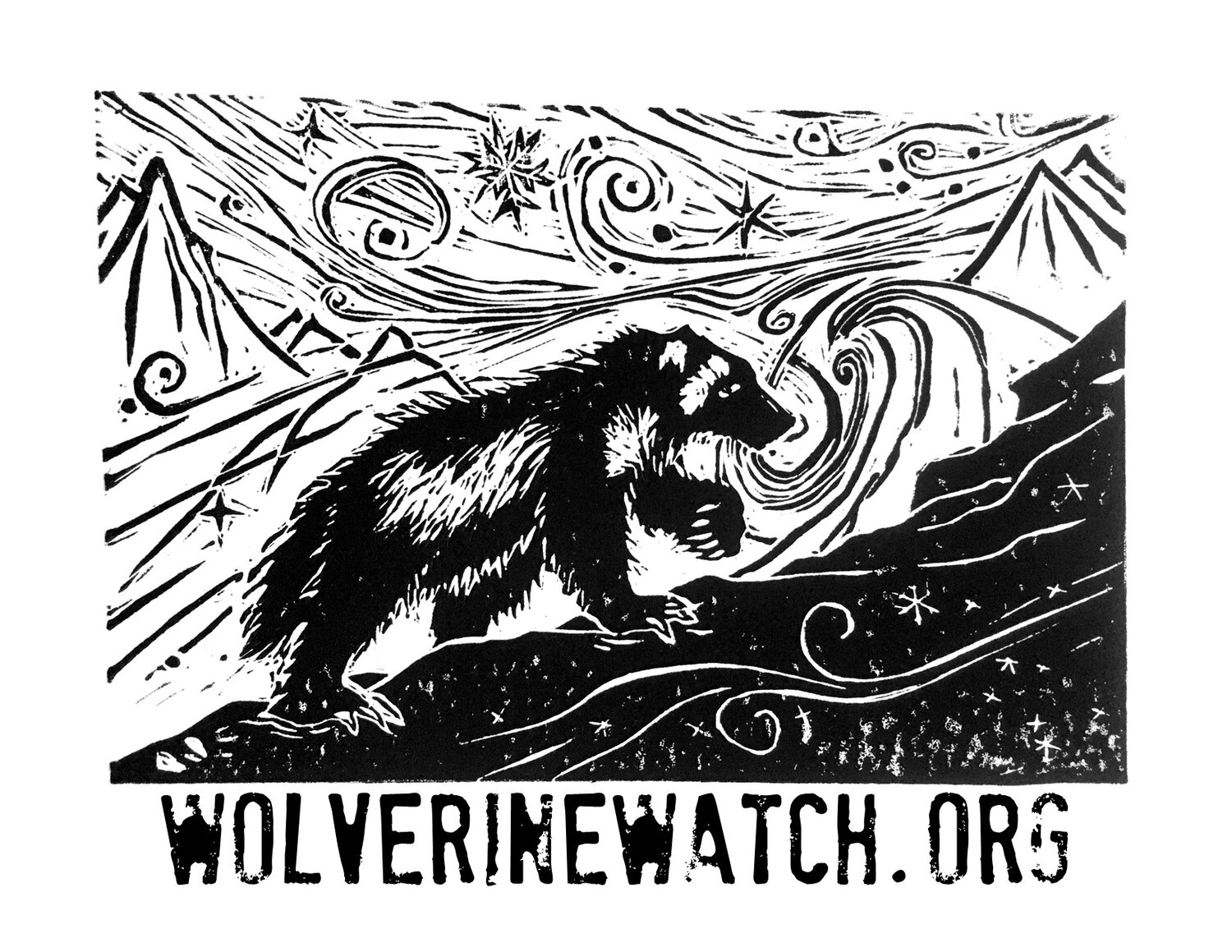WOLVERINE (GULO GULO L.) OCCURRENCE AND BEHAVIORAL PATTERNS AT THE CANADIAN ROCKY MOUNTAIN RANGE MARGIN
Who. Nikki Heim, Jason Fisher, John Paczkowski, John Volpe
Location. Kananaskis Region (AB)
Duration. 2010 to 2012
Study Description.
Background: Since the late 1990’s researchers throughout North America and Europe began to discover the wolverines’ sensitive side: human disturbance. Determining where wolverines occur in relation to various types and levels of human disturbance and natural factors can shed light on land use activities they avoid most. Understanding what drives wolverine distribution patterns can help decision makers predict the outcomes of land use on wolverines and inform management plans to sustain populations.
Study area: Because of the vast home range size occupied by a wolverine, understanding the relative impacts of such disturbance types on wolverine populations requires study across large spatial areas that span multiple jurisdictions and land use designations. The Kananaskis Region is located in heart of the Canadian Rockies and is bordered by a National Parks complex (Banff-Yoho-Kootenay) to the west and publically and privately managed lands to the east. This greater region offered us a unique opportunity to examine landscape scale drivers of a contiguous population of wolverine across a gradient of human land use, biophysical features, and within a native community of co-occurring carnivores.
Methods: Through close collaborations and partnerships, we extended existing surveys accomplished in the National Parks to systematically survey wolverine over an area of approximately 15,000km using a combination of infrared remote cameras traps and non-invasive sampling techniques. Using these data, we estimated spatial occupancy and evaluated the relative influence of natural and anthropogenic factors driving wolverine occurrence patterns.
Objectives:
(1) Model wolverine occurrence in relation to the biophysical and anthropogenic landscape factors that best predict distribution patterns.
(2) Examine intra-guild co-occurrence patterns influencing wolverine.
(3) Better understand the cumulative effects of landscape factors driving wolverine on the eastern edge of their current range boundary.
(4) Evaluate behavioral shifts with increasing human disturbance.
Findings and Outcomes: Mirroring past research, our study found wolverine to be negatively impacted by human-mediated landscape disturbance. Wolverine avoided areas with increasing linear feature density and preferred areas protected from pervasive industrial development, with few wolverine found to occur outside of the National Parks complex. Though wolverine was positively associated with deep persistence spring snow packs, the cumulative effects of both natural and anthropogenic factors best-explained wolverine distribution patterns within the central Rocky Mountains. Further evaluating for intra-guild co-occurrence patterns and behavioral shifts across space offered interesting insights into the additive effects of interspecific competition with species better adapted to human disturbance (e.g. coyote) and increased vigilance displayed in the more human-dominated landscapes. Teasing apart the direct and indirect effects of human disturbance on wolverine is a first and necessary step to develop management and conservation strategies for this sensitive and wide-ranging species.
Partners and Funding.
Alberta Parks
InnoTech Alberta
University of Victoria
Parks Canada
Montana State University
Miistakis Institute
NSERC
Yellowstone to Yukon Conservation Initiative

